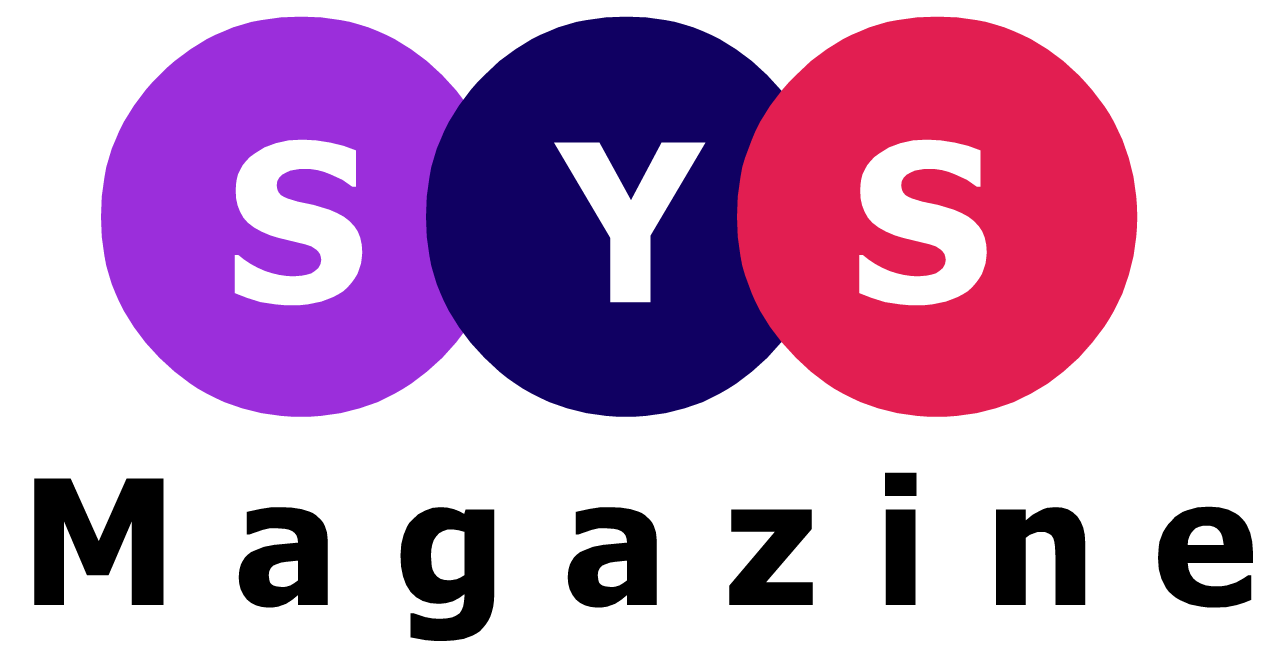Somewhere between the twitch of a polygon and the curve of a rogue render lies a toolset that’s both misunderstood and cult-worshipped. Say the name in the wrong room and you’ll get blank stares. Say it in the right room—and someone will whisper, “You mean… Source Filmmaker?” Yes, but not quite.
“SFM Compile” isn’t just a command. It’s a key. A pivot point. A fuse that, once lit, burns straight into the underbelly of indie animation, modding subcultures, and a generation of creators working in the shadows of Valve’s codebase. It’s part black magic, part brute force. And those who master it? They don’t just animate—they transmute.
So let’s unpack it. Because if you’re here, you’re not just curious. You’re looking for a door. And “SFM Compile” might just be the handle.
Scene 1: The Cult of Source Filmmaker
To understand “SFM Compile,” we need to rewind. Picture it: 2012. Valve Corporation—half gaming giant, half cryptic priesthood—drops Source Filmmaker (SFM) into the wild. For free. Suddenly, anyone with a half-decent rig could direct Hollywood-worthy animations using the Source Engine—yes, the same guts behind Half-Life 2, Team Fortress 2, and Portal.
But here’s the secret sauce: SFM wasn’t just about animating characters. It was about compiling them. Turning ragdolls and particles and map fragments into a single, playable vision. And that process—often a frustrating, deeply technical rite of passage—was known, simply, as compiling in SFM.
“SFM Compile” became a whispered phrase in forums, guides, and YouTube tutorials with 4,000 views and a hundred thank-you comments. Not glamorous. Not flashy. But absolutely essential.
Scene 2: What Is “SFM Compile,” Technically?
Let’s strip it to the studs.
At its core, SFM Compile refers to the process of taking your assets—models, textures, lighting setups, sound, and motion—and compiling them into a .DMX or .MP4 using SFM’s built-in tools. It’s not just a render button. It’s a nested sequence of:
-
Model compilation — converting .SMD or .DMX source models into Source Engine-ready .MDL files.
-
Map compilation — compiling .VMF (Valve Map Format) into .BSP (Binary Space Partitioning) using tools like VBSP, VVIS, and VRAD.
-
Session exporting — wrapping your timeline and shot edits into a deliverable format for final viewing or editing.
Every element needs to be compiled to work inside the Source Filmmaker environment. Miss a step, and the whole thing breaks like a Jenga tower in a wind tunnel.
And yet, like all forms of creation that require pain, it breeds mastery. You don’t just press compile. You earn it.
Scene 3: Why It’s a Rite of Passage
There’s a reason you’ll find Reddit threads from 2014 still getting updated in 2025 with new fixes. “SFM Compile Failed—Help!” is practically a genre.
-
Maybe your model’s .QC file (the compilation recipe) had a typo.
-
Maybe your lightmap resolution was too high and choked your GPU.
-
Maybe you forgot to precache your particles and now your explosions look like sad smoke loops.
But this is where the real magic kicks in. The people who master this stuff? They’re not just animators. They’re engineers. Coders. Artists. Problem solvers. Architects.
They speak a strange hybrid of Valve-ese and artist jargon. They live inside folders like models\characters\workshop\compiled and run compile scripts through PowerShell at 2 a.m. because a bone name was off by one underscore.
It’s a scene that rewards persistence over polish. But oh, when it works. The moment your SFM compile finally exports a flawless render? It feels like flight.
Scene 4: The Modern Era—From Obscure Tool to Cultural Engine
It would be easy to relegate “SFM Compile” to the dusty corners of modding history. But in 2025, it’s anything but irrelevant.
Because while Unity and Unreal get the headlines, Source Filmmaker never died. It evolved. Quietly.
TikTok creators are using it to generate surreal meme-animations. YouTube animators are reviving TF2 and HL2 characters in darkly comic shorts. Even VTuber asset creators are beginning to explore the SFM route for customized rigging and shading pipelines.
And what’s at the heart of this comeback?
You guessed it: compiling.
🔧 Enter the tools of the trade:
-
Crowbar: An open-source utility that’s now the gold standard for decompiling and compiling Source models.
-
StudioMDL: The classic, still-breathing Valve tool that turns your .QC scripts into functioning .MDL assets.
-
VTFEdit: For texture work, allowing .TGA files to become engine-friendly .VTFs.
-
Blender-to-SFM plugins: Yes, the Blender crowd found a way to export directly into SFM pipelines. And they compile.
All roads lead to the same final step: SFM Compile. It’s not just about output. It’s about ownership. Authorship. Control.
Scene 5: “SFM Compile” in the Zeitgeist
Look hard enough and you’ll find it everywhere:
-
Twitter/X artists drop one-minute SFM clips with absurdist humor that rack up 2M views.
-
NSFW SFM content creators run Patreon empires using proprietary compile workflows.
-
Gaming lore channels use SFM to illustrate what AAA studios never will—alternate timelines, character theories, epic fails.
This isn’t some crusty legacy tool. It’s a living, churning ecosystem. And if you know how to compile, you don’t need a studio. You are the studio.
Scene 6: The Underground Prestige of Compiling
Here’s the thing no one outside the scene understands: compiling in SFM isn’t just a step. It’s a badge.
Ask anyone who’s done it: the first time your animation doesn’t crash at frame 230, when the lighting bakes correctly, when your models don’t T-pose mid-dialogue… that’s when you ascend.
SFM Compile is digital alchemy.
It turns chaotic raw files into cohesive cinematic artifacts. It’s the moment when your creative vision gets locked in—no more tinkering. You’ve signed the canvas. You’ve closed the loop.
And while the rest of the internet scrolls past, a small, potent cadre of creators nod knowingly. “Ah,” they whisper. “They compiled it.”
Scene 7: The Future of “SFM Compile”
Now here’s the twist.
In 2025, Valve is flirting with updates. The Source 2 engine is looming. But the original SFM community—tougher than engine drift, stickier than TikTok trends—isn’t going anywhere.
In fact, they’re adapting.
-
Custom compile scripts are being shared on GitHub to streamline pipeline headaches.
-
AI upscalers are now part of the post-compile process, letting 720p exports go cinematic.
-
Cross-engine compilers are in development, converting SFM projects into Unreal 5-compatible sequences.
But even in this evolving ecosystem, the phrase remains: “SFM Compile”.
It’s no longer a simple technical step. It’s a philosophy. A manifesto of creative control. Proof that you’ve traversed the entire process—faced the pain points, wrestled the scripts, and didn’t settle for preview renders.
Final Render: Why It Still Matters
You came here looking for clarity on “SFM Compile.” What you found, I hope, is something bigger.
In an age of low-effort generative content, compiling in SFM is an act of resistance. It’s slow. It’s messy. It demands competence. But it’s real.
And in the right hands, it’s powerful.
Because “SFM Compile” isn’t just a button you press. It’s a statement you make: “I built this.”
Polygon by polygon. Frame by frame. Crash by crash. Compile by compile.






